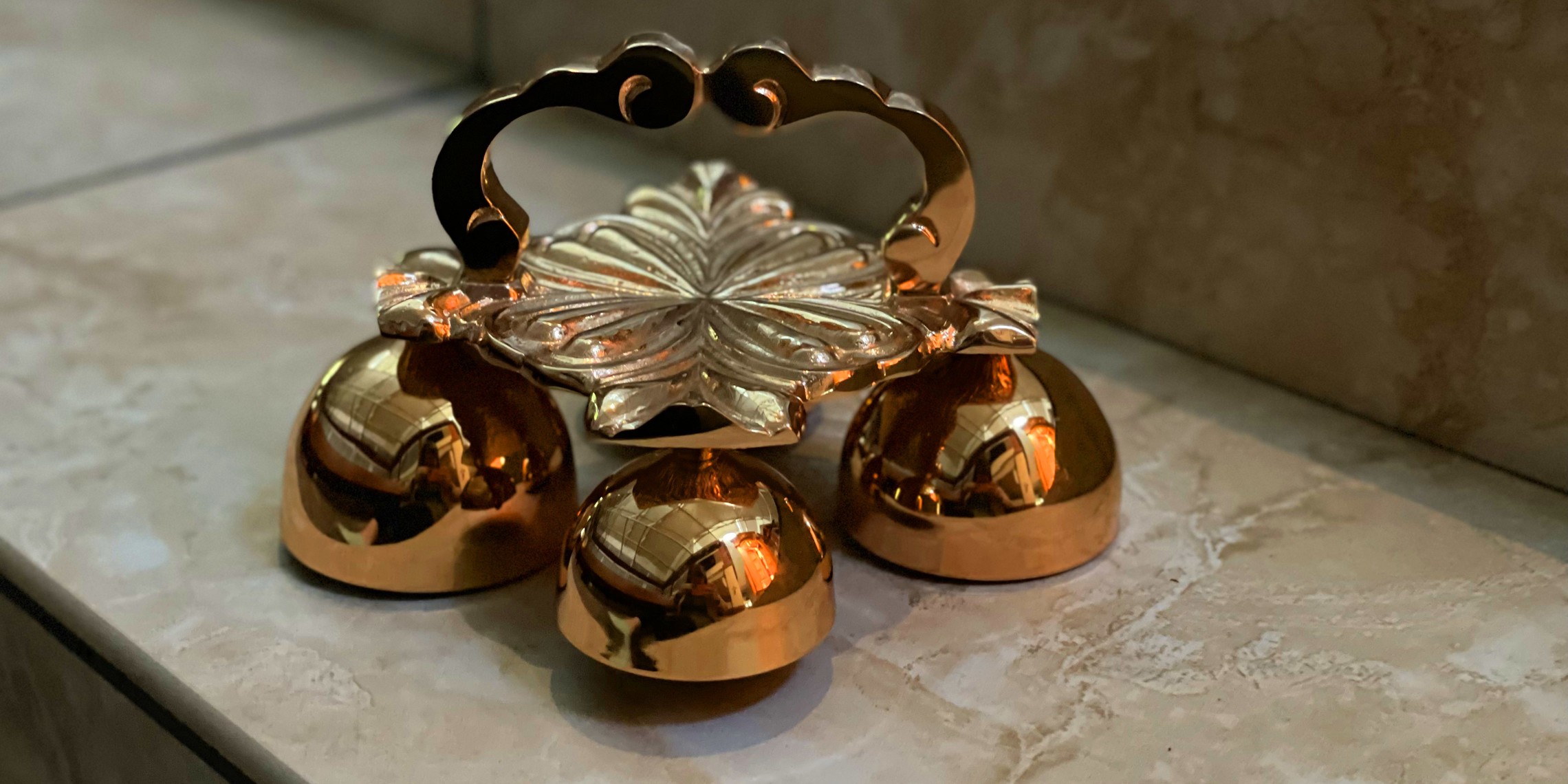A question many Catholics have is why does the bread and the wine, after it becomes the Body, Blood, Soul and Divinity of our Lord Jesus Christ at the consecration still look, feel, taste and act like bread and wine. St. Thomas Aquinas, one of the Catholic Church’s greatest theologians in his Summa Theologiea, was very clear in his answer to this question. From the Summa Theologiea, which is a work of theology, philosophy and canon law that Thomas wrote in the late 13th century, we will briefly examine Question 75: The Change of the Bread and Wine into the Body and Blood of Christ, specifically Article 2.
When we come to the Altar to receive the Eucharist and the Precious Blood, our faith and the teachings of Christ remind us that this truly is His Body and Blood, His real presence. Why then do they appear as bread and wine? We recall in the Gospel of John where Christ shocked his disciples and the Jews when he said to them “I am the living bread which came down from heaven; if any one eats of this bread, he will live forever; and the bread which I shall give for the life of the world is my flesh.” The Jews then disputed among themselves, saying, “How can this man give us his flesh to eat?”1 We later see in the Gospel that Christ, on Holy Thursday, the Last Supper, instituted the Eucharist using the common foods of bread and wine to help in the physical acceptance of His message. At the consecration, at the exact moment the words “This is my body” and “This is my blood” are spoken by the priest, the bread and wine become the body and blood of Christ. We call this moment of transformation from bread and wine to body and blood, transubstantiation.
The bread and the wine retain the physical appearance of bread and wine and the taste of bread and wine, but they have been completely transformed. The bread is still round, white, thin and crisp when bitten and the wine is red, liquid and a little bit sweet. We call this illusion of appearances the accidents.
“The Church teaches that the substance of the bread changes, and that means the deepest reality of the bread changes and becomes the Body of Christ, even though the accidents or appearances are the same color, texture, taste, etc.”2
The miracle at every Mass is that the substance of the bread and wine are changed into the body and blood of Christ while still looking, tasting and feeling like bread and wine.
“The Eucharistic conversion is a substantial conversion of a special kind, because the whole substance, matter and form, of the bread and wine is converted, while the accidents remain unchanged.”3
The Eucharist is the only substance that is converted, matter and form, into another matter and form while keeping the same appearance or accidents. This conversion is completely accomplished by the Holy Spirit when He is called down by the priest during the epiclesis. You might hear this prayer used “Make holy, therefore, these gifts, we pray by sending down your Spirit upon them like the dewfall, so that they may become for us the Body and Blood of our Lord Jesus Christ.” The epiclesis is the invocation of the Holy Spirit for the purpose of consecrating the bread and wine. It’s also the first time the altar bells ring during the Mass. Christ is not introduced somehow into the bread or wine, but rather, the substances completely become Christ our Lord.
There were many theologians that believed that both Christ and the substance of the bread and wine remained, in a combination of some sort, but Thomas Aquinas clearly stated that this is not the case. Before the Words of Institution, “This is my body” and “This is my blood”, spoken by the priest, the substance is truly bread and wine. With the words spoken by the priest, in the person of Christ, by the invocation of the Holy Spirit, through transubstantiation, bread and wine are changed into the substance of Christ. “…they are changed in such a way that, in all truth, they are no longer bread and wine except in those aspects that can be perceived by the human senses.”4 St. Thomas Aquinas confirms for us that the sacrament of the Eucharist cannot be a sacrament unless Christ is fully present in the bread and wine and that the substance is completely transubstantiated into His body and blood.
1 RSV Jn 6:51-52
2 101 Q and A on the Eucharist PG 51
3 Fundamentals of Catholic Dogma PG 380
4 The Hidden Manna PG 247
Written by:
Deacon Mike Muse
More News...
The Feast of Saint Mary Magdalene
A despised prisoner sentenced for life in a cold, dark dungeon can be set free by one thing alone – a decree issued by...Read more
Altar Bells
Ever since I arrived at St. Margaret of York three years ago, various parishioners have been encouraging me to use the consecration bells....Read more






